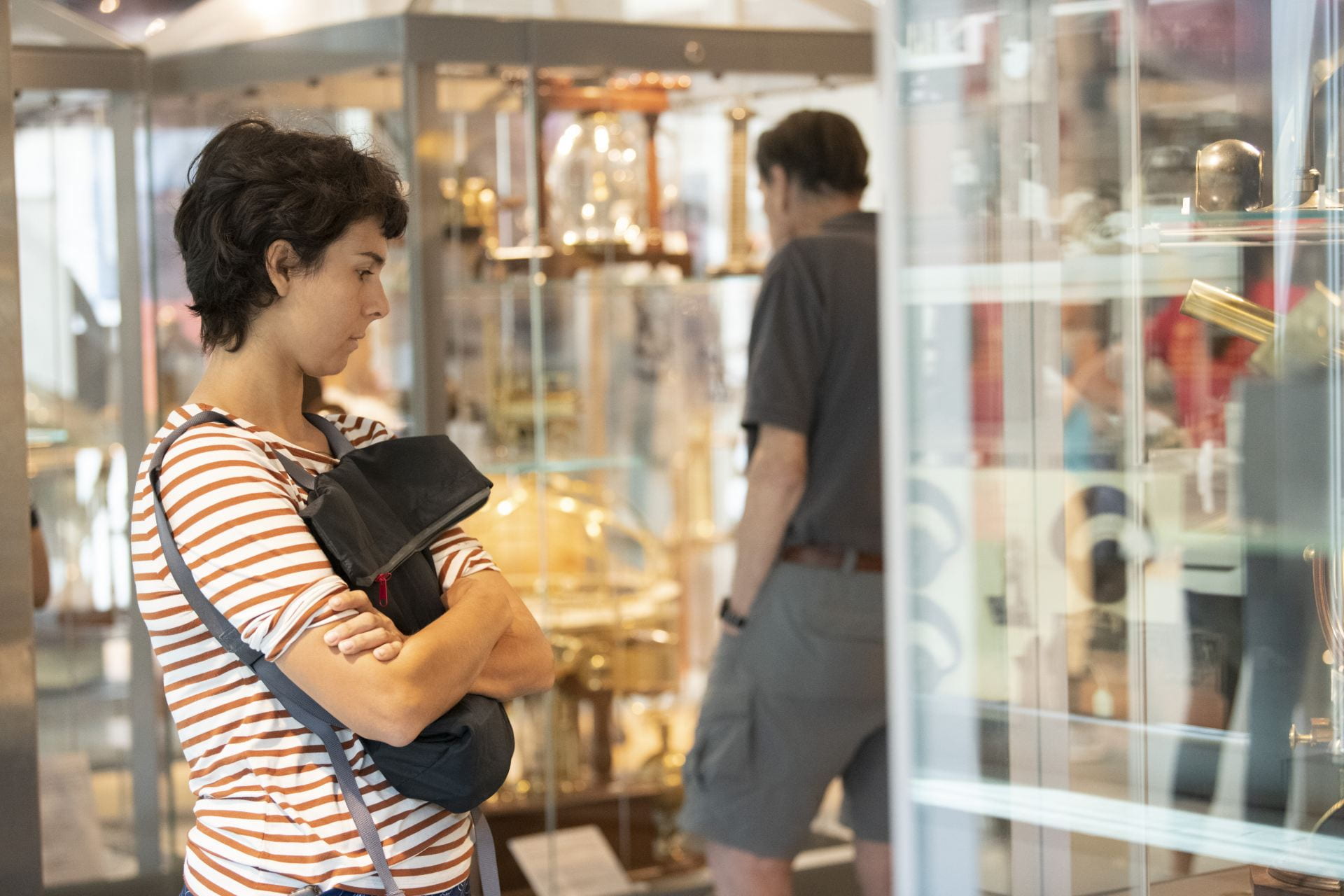April 18, 2019
Nate Edelman, Graduate Student, Department of Organismic and Evolutionary Biology, Harvard University
Emily Hager, Graduate Student, Department of Molecular and Cellular Biology, Harvard University
Éadaoin Harney, Ph.D. candidate, Department of Organismic and Evolutionary Biology, Harvard University
Mariel Young, Ph.D. Candidate, Department of Human Evolutionary Biology, Harvard University
Moderator, Andrew Berry, Lecturer on Organismic & Evolutionary Biology, Harvard University
New approaches to studying evolutionary processes, from genomics to big data, have revolutionized the study of organisms across geological time and geographical space. Join us for a series of short “flash” presentations by Harvard graduate students and learn about the range of questions that scientists are asking today about evolution.
Presentations
Untangling Butterfly Evolution: The Role of Hybridization in Heliconius Species
Nate Edelman, Graduate Student, Department of Organismic and Evolutionary Biology, Harvard University
Nate studies the evolutionary effects of hybridization in the tropical butterfly genus Heliconius. Using comparative genomic and molecular tools, coupled with field studies, he investigates the frequency of hybridization in nature, and its long-term effects on species. He aims to apply evolutionary insights to help species-conservation efforts. Nate completed his B.A. in Biology at Cornell University.
A Tale of Tails: Behavioral and Morphological Evolution in Deer Mice
Emily Hager, Graduate Student, Department of Molecular and Cellular Biology, Harvard University
Emily investigates how organisms adapt to their environment through both morphological and behavioral changes, and the genetic mechanisms that underlie these adaptations. Her work combines varied approaches, including fieldwork, genetics, and computer vision to better understand the mechanisms that drive convergent evolution. Emily holds a B.A. in Physics from Swarthmore College.
Ancient DNA Files: The Mystery of Roopkund Lake
Éadaoin Harney, Ph.D. candidate, Department of Organismic and Evolutionary Biology, Harvard University
Éadaoin uses ancient DNA to learn about the human past. In particular, she is interested in understanding the genetic origins of ancient individuals who are difficult to study using traditional archaeological methods. She holds a B.A. in Biochemistry (with a minor in Anthropology) from Vassar College and a M.Phil. in Human Evolutionary Studies from the University of Cambridge.
How to Build a Pelvis: Insights into the Evolution of the Human Skeleton
Mariel Young, Ph.D. Candidate, Department of Human Evolutionary Biology, Harvard University
Mariel studies the developmental and evolutionary genetics of pelvis and scapula (shoulder bone) formation and is broadly interested in the evolution of the human skeleton. Beyond evolutionary biology, she is also interested in science education at the college and high school level. Mariel holds a B.A. in Anthropology and Spanish from the University of Arkansas and a M.Phil. in Human Evolutionary Studies from the University of Cambridge.
Moderator
Andrew Berry, Lecturer on Organismic & Evolutionary Biology, Harvard University
Andrew Berry uses field and molecular biology techniques to find evidence of Darwinian natural selection at the DNA level. He has published on species as diverse as Giant Rats in New Guinea, mice on Atlantic islands, aphids from the Far East, and the humble fruit fly. He also has an interest in the history of science, with a special focus on Alfred Russel Wallace, the unsung co-discoverer of evolution by natural selection. He has a degree in zoology from Oxford University and a Ph.D. in evolutionary genetics from Princeton University. As an educator, Andrew’s mission is to demystify the most important and most misinterpreted of all biological ideas, evolution.
Evolution Matters Lecture Series
Series supported by a generous gift from Drs. Herman and Joan Suit
Presented by the Harvard Museum of Natural History in collaboration with the Cambridge Science Festival
